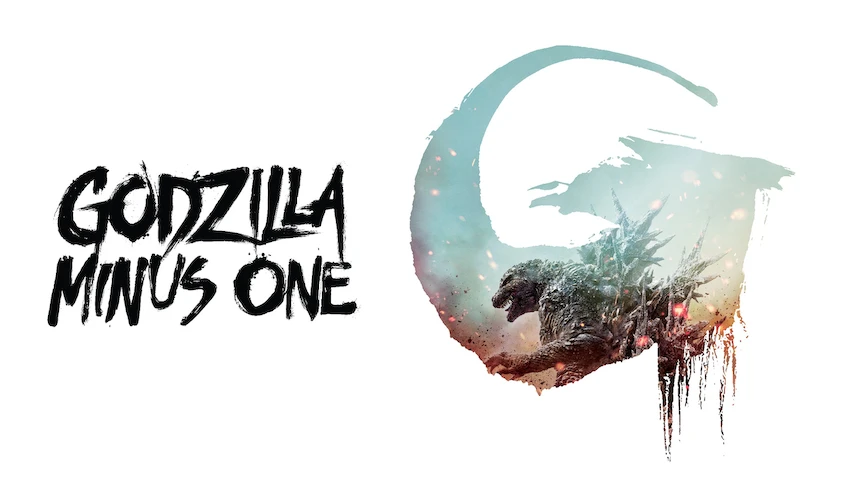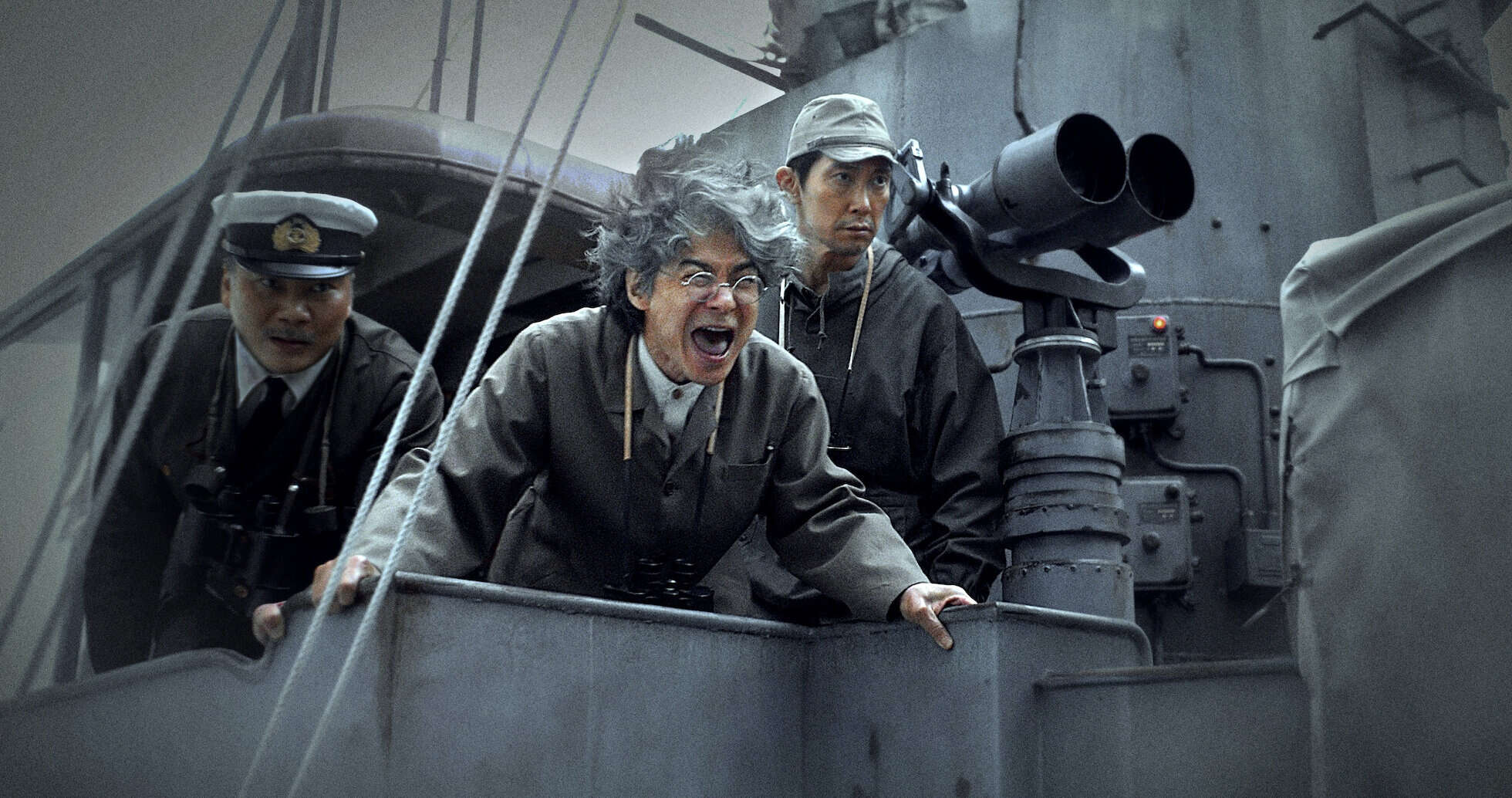If you thought you knew what a Godzilla movie was, Godzilla Minus One is here to smash those expectations like a kaiju leveling Tokyo. With a staggering 99% critic score on Rotten Tomatoes and a rare 98% audience score, this Japanese-language film isn’t just another monster flick — it’s a cinematic gut punch wrapped in radioactive fire.
As of June 1, 2024, Godzilla Minus One is now streaming globally on Netflix, complete with both Japanese audio with subtitles and English dubbed options. For viewers outside the Netflix ecosystem, it’s also available to rent or buy on platforms like Fandango at Home, Amazon, and Apple TV, making it more accessible than ever.

Here’s the link to Netflix: https://www.netflix.com/watch/81767635
What Makes Godzilla Minus One So Special?
Directed by Takashi Yamazaki, this is not your typical action-first, plot-second kaiju movie. Set in post-World War II Japan, Godzilla Minus One reimagines the monster not just as a force of destruction, but as a metaphor for national trauma. The film tackles the psychological scars of war, survivor’s guilt, and societal collapse — all while delivering jaw-dropping visual effects that rival (and arguably surpass) Hollywood’s biggest blockbusters.
Unlike the CGI-heavy bombast of Legendary’s MonsterVerse entries (Godzilla vs. Kong, for example), this film takes a more grounded, emotionally resonant approach. The human characters are front and center, and their development is every bit as gripping as the monster carnage.
Yamazaki’s Godzilla is terrifying — more horror than hero — and visually redesigned to reflect menace and unpredictability. The creature’s scenes are sparse but impactful, making each appearance feel like a true event.
Critical Acclaim and Oscar Recognition
Godzilla Minus One became the first Godzilla film to win an Academy Award, taking home Best Visual Effects at the 2024 Oscars. This was a monumental achievement not just for the franchise, but for Japanese cinema as a whole, especially since the film was made on a reported $15 million budget — a fraction of what most Hollywood blockbusters spend.

Critics have lauded the film for blending historical drama, social commentary, and genre thrills. Outlets across the globe have compared it to classics like Grave of the Fireflies and Shin Godzilla for its emotional depth and political edge.
Why You Should Watch It Now
- You don’t need to be a Godzilla fan. This is a standalone story with emotional stakes that hit hard whether you’ve seen every Toho film or none.
- It’s a modern masterpiece. The film has already been called one of the greatest Godzilla movies ever made — not just recently, but across the franchise’s 70-year history.
- It’s finally easy to stream. After a long theatrical rollout and limited availability on digital platforms, Godzilla Minus One is now free for Netflix subscribers.
If you’re looking for a film that fuses historical fiction, human drama, and pulse-pounding destruction into one unforgettable experience, Godzilla Minus One needs to be at the top of your watchlist.

Source: RottenTomatoes
This isn’t just another monster movie — it’s a reckoning. And it’s finally available to stream.
Key Takeaways
- Godzilla Minus One is available to stream on Netflix with both subtitled and dubbed versions.
- Viewers without Netflix can rent or purchase the film through services like Fandango at Home.
- The critically acclaimed monster film joined Netflix’s streaming library on June 1, 2024.
Release Information
Godzilla Minus One has expanded its availability since its theatrical run, now accessible through multiple platforms for viewers worldwide. The award-winning Japanese kaiju film offers several options for fans eager to experience the destruction.
Streaming Availability
Netflix currently hosts Godzilla Minus One on its platform as of March 2025. Subscribers can stream the film as part of their regular subscription without additional fees. The movie became available on Netflix after completing its theatrical run, which extended longer in Japan than in international markets.
The film features both the original Japanese audio with English subtitles and an English dubbed version, allowing viewers to choose their preferred watching experience. Netflix’s release includes the full theatrical cut of the film.
For those without Netflix, other streaming options remain more limited, as the platform secured exclusive streaming rights for the initial digital release window.
International Viewing Options
Godzilla Minus One’s availability varies slightly by region. While Netflix carries the film in most territories including the US, UK, and Canada, some international markets may have different distribution arrangements.
Japanese viewers had access to the film earlier than international audiences, with the home video release launching in Japan on May 1, 2024, including Ultra HD Blu-ray, standard Blu-ray, and DVD formats.
Viewers in regions where Netflix doesn’t offer the film may need to explore alternative platforms specific to their country. International audiences can enjoy the film with various subtitle options, typically including English, Spanish, French, and several other languages depending on the region.
Purchase and Rental
For those preferring ownership, Godzilla Minus One is available to purchase or rent digitally through several platforms:
- Fandango at Home offers both rental and purchase options
- Google Play provides digital purchase and rental availability
- Other digital retailers including Amazon, Apple TV, and YouTube offer the film
Digital purchase typically includes bonus features not available with rentals or streaming. Physical media collectors can purchase the film on Ultra HD Blu-ray, standard Blu-ray, or DVD, with the highest quality version offering 4K resolution and HDR support.
Rental periods usually allow viewers 48 hours to finish the film once started, making it a cost-effective option for one-time viewing compared to subscription services.
Film Details and Accolades
Godzilla Minus One represents a significant achievement in Japanese cinema, blending historical drama with spectacular monster effects. The film has garnered international recognition for its technical excellence and storytelling depth.
Creative Team
Directed by Takashi Yamazaki, Godzilla Minus One stands as a testament to innovative Japanese filmmaking. Yamazaki not only directed but also wrote the screenplay and supervised the visual effects, showcasing his multifaceted talents.
The film was produced by Toho, the legendary Japanese studio that has been home to Godzilla since the monster’s first appearance in 1954. Toho’s commitment to quality is evident in the film’s production values.
The musical score, composed by Naoki Satō, complements the narrative with emotional depth. His music enhances both the human drama and the terrifying Godzilla sequences.
The visual effects team, led by Yamazaki, created a convincing and frightening Godzilla with a relatively modest budget compared to Hollywood blockbusters.
Historical Context
Set in post-World War II Japan, Godzilla Minus One explores a nation struggling to rebuild after devastating defeat. The film takes place during the American occupation, when Japan was at its lowest point—hence the “minus one” in the title.
Tokyo, shown in ruins from Allied bombing, faces further destruction from Godzilla’s attacks. This setting provides powerful metaphorical weight, with Godzilla representing both nuclear terror and the trauma of war.
The film connects to the original 1954 Godzilla’s anti-nuclear message while offering its own perspective on Japanese history and resilience. Unlike many monster movies, it deeply engages with historical context.
The human characters’ struggles mirror Japan’s national journey from defeat to recovery, adding emotional resonance to the monster sequences.
Awards Recognition
Godzilla Minus One made history as the first Japanese Godzilla film to win an Academy Award, taking home the Oscar for Best Visual Effects in 2024. This achievement is remarkable considering the film’s modest $15 million budget.
The film received widespread critical acclaim, maintaining a 98% fresh rating on Rotten Tomatoes. Critics praised its balance of spectacle with human drama.
Beyond the Oscar win, the film garnered numerous international awards for direction, special effects, and sound design. Its success represents a triumph for Japanese cinema on the global stage.
The film follows in the tradition of 2016’s Shin Godzilla, which revitalized the franchise in Japan, but exceeded it in international recognition and awards prestige.







